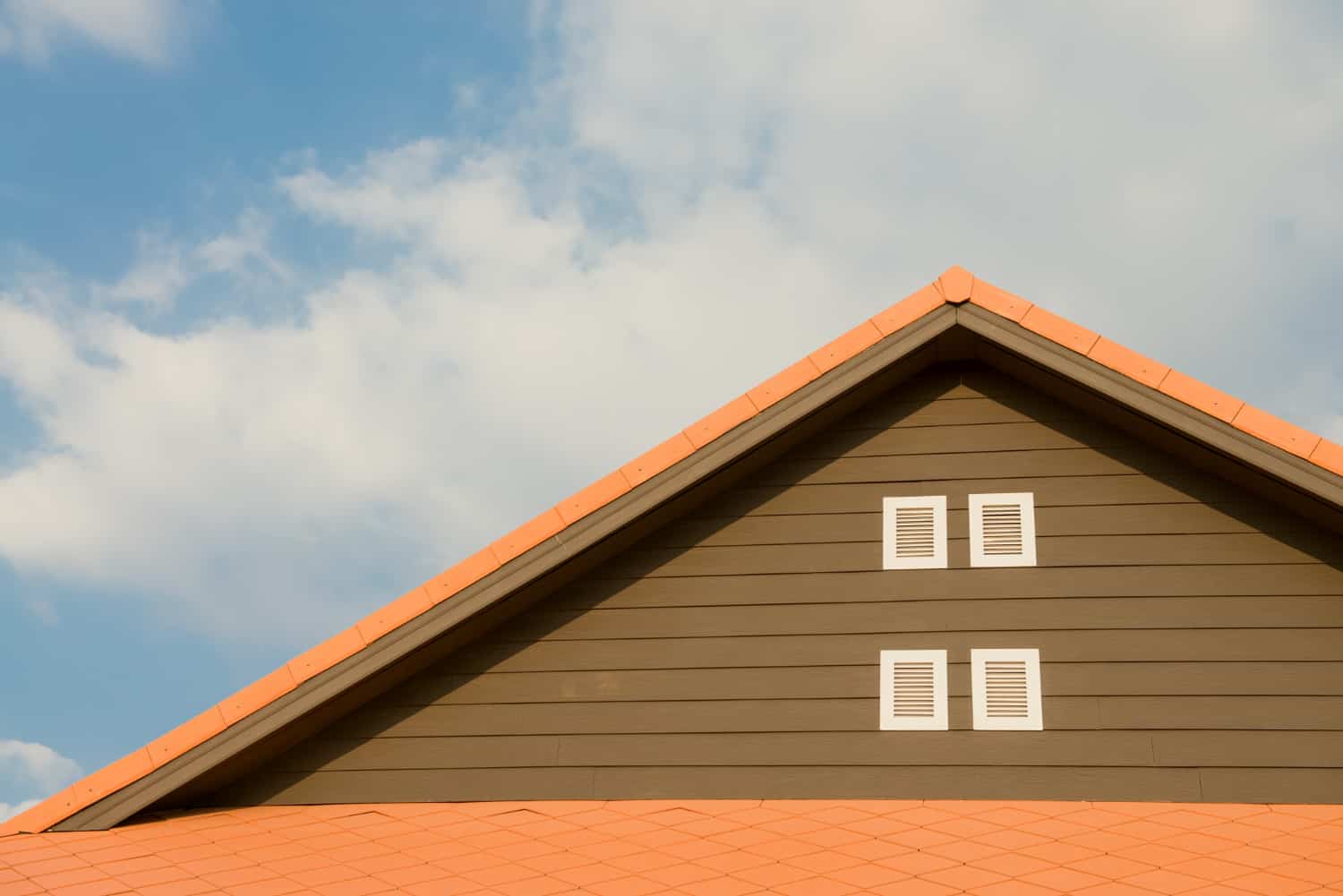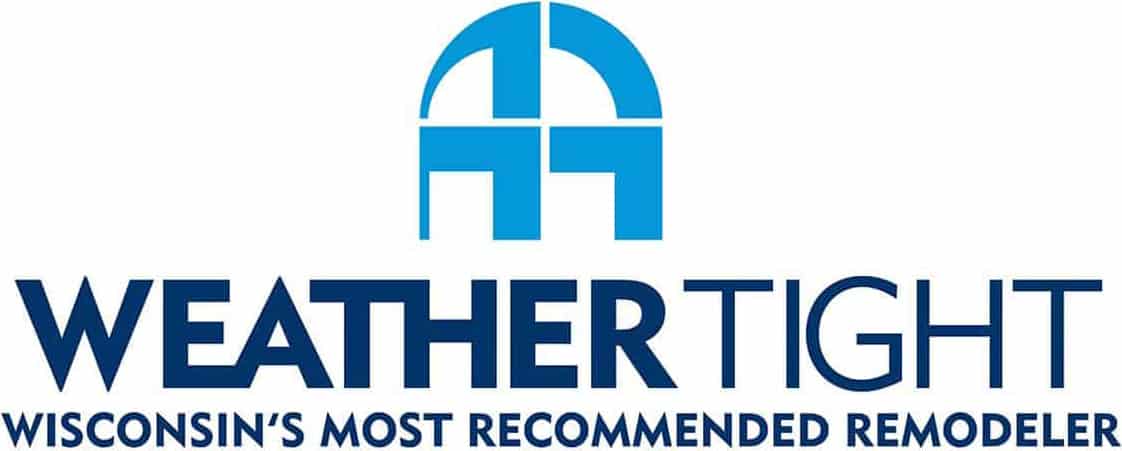The Importance of Continuous Roof Ventilation
You may see the signs of roof damage—curling shingles, ice damming in the winter, runoff and debris in the gutter in the summer. But did you know that a ventilation problem may cause these signs of roof damage? One you could have prevented with continuous roof ventilation?
What is continuous roof ventilation, and why is it so important to protect your roof and home? If you’re considering a new roof, new siding, or an update to your trim or soffit, here’s why ventilation should be one of your main concerns.

What is Continuous Roof Ventilation?
Continuous ventilation along the top ridge of a roof has become popular over the last several years. You may see a small, raised ridge and a vent along the tops of your neighbors’ roofs, especially if they’ve recently had a roof replacement. Not only does continuous roof ventilation offer an aesthetically pleasing look, but it serves an important function.
All homes “breathe,” meaning they let off warm, moist air. People, pets, plants, and the activities that take place inside the home create moisture and warmth. Since hot air rises, much of it goes right up to the top of your home—the roof.
If your home is adequately ventilated, the air comes in through your soffits and out through your ridge vent. When there’s proper ventilation in place, your home feels comfortable, not stuffy, and the air circulates correctly.
When you don’t have proper ventilation on your roof, you may experience many different problems. Poor ventilation can cause mildew and mold. It can lead to moisture buildup that could damage the walls of your home and even leak into the living spaces. You might see a lot of ice on your roof in the winter. Poor ventilation can make your home temperatures fluctuate with the weather outside, leading to higher heating and cooling bills too. Your attic temperature should never be more than 10 degrees warmer than the outside temperature. A properly balanced ventilation system should accomplish this.
The signs of a roofing ventilation problem include:
- Peeling shingles
- Curling shingles that no longer lay flat
- Ice damming in the winter—gutters that can’t keep up with runoff
- Leaks in your attic or ceiling
- Signs of too much moisture in your home, including mold and mildew
There are many reasons why proper ventilation is crucial for any home. It protects your family, makes your home more comfortable, and increases your curb appeal. One of the most significant drawbacks of choosing a roof that’s not continuously vented is that you will likely void your warranty on your roof, even if it’s brand new. A less trustworthy roofer may take your money and leave you with a roof that still has an underlying problem.
Soffit Ventilation
Equally as critical to the health and functioning of your roof is proper soffit ventilation. The soffit is the area between the edge of your roof and your house. Usually, this area is covered in a decorative piece that matches your home—typically siding or trim material.
Older soffit ventilation had what we refer to as a “cheese grater” look. This Tod & Todd video below shows how a soffit that wasn’t ventilated correctly led to roof damage in a home.
As Tod & Todd explained in the video, even soffits that appear to have some ventilation may not have enough to protect your roof (and your warranty). In the case of our Southeastern Wisconsin customer in the video, their soffit was only ventilated every 12-15 feet. So despite a continuously ventilated roof, the soffit wasn’t letting enough exhaust out of the home.
Many homeowners are unaware of this problem and assume that a new roof is all they need. But we’ve seen people replace roofs several times, paying for them each round, only to have a never-ending issue. If you don’t want continuous problems with your roof, consider a continuously ventilated roof and soffit.
Fortunately, the continuously vented soffits that we offer have a beautiful, finished look. Rather than the old-style “cheese grater” soffit vents, a continuously vented soffit has venting that blends in with the soffit seams for a virtually undetectable look. Our trim, soffit, and fascia come in an array of colors that can complement any house.
Protect your home, your comfort, and your roof investment by ensuring that you have the correct ventilation installed whenever you make an update to your home. If you suspect roofing problems, give us a call.
Our Weather Tight representatives are happy to come to you and assess your roofing ventilation situation. If you plan to update your siding, soffit, trim, or roofing, it’s a great time to check out your roofing ventilation and ensure that your home has the right system installed to safeguard your family and your warranty.

 414-459-3874
414-459-3874






















 Text Us!
Text Us!